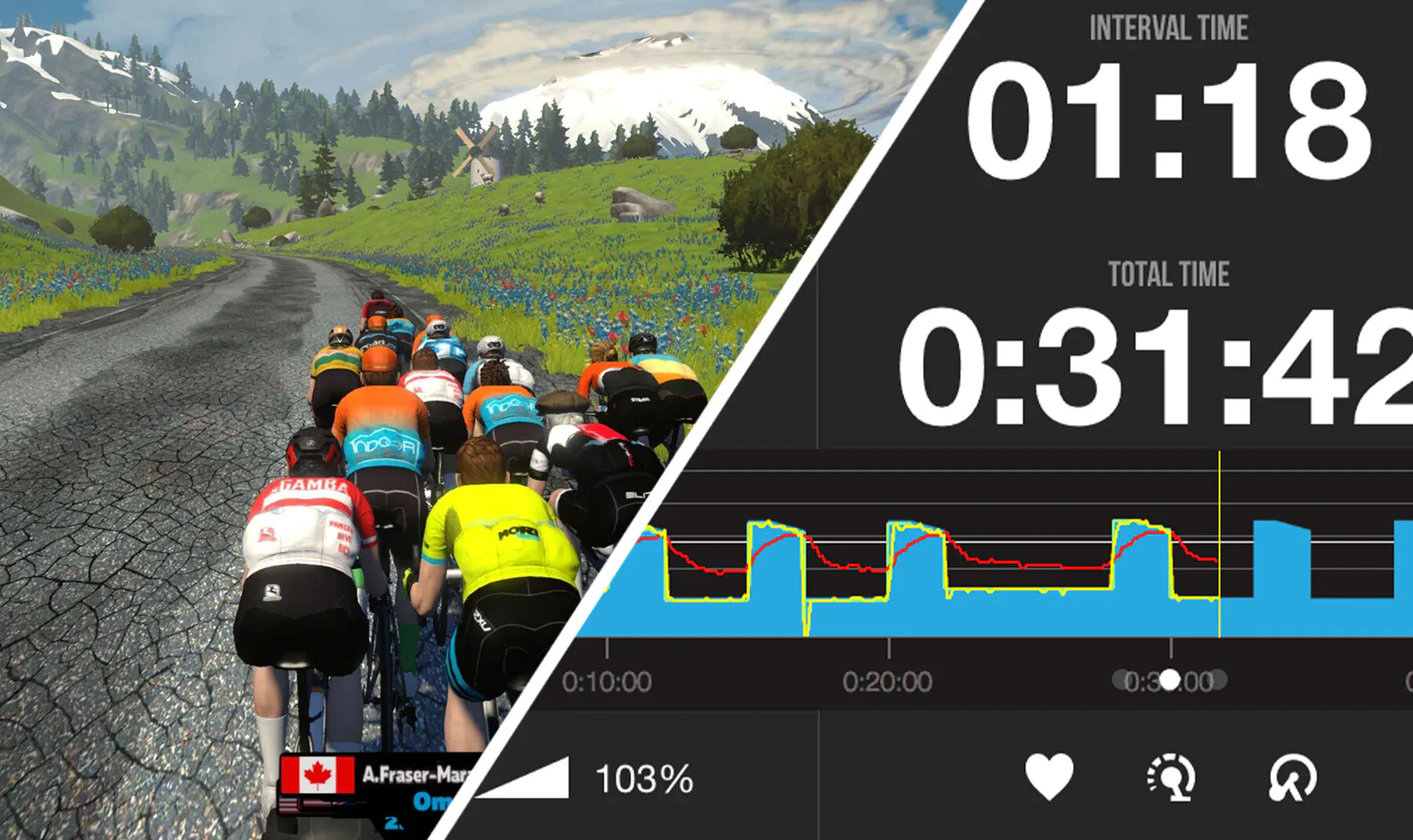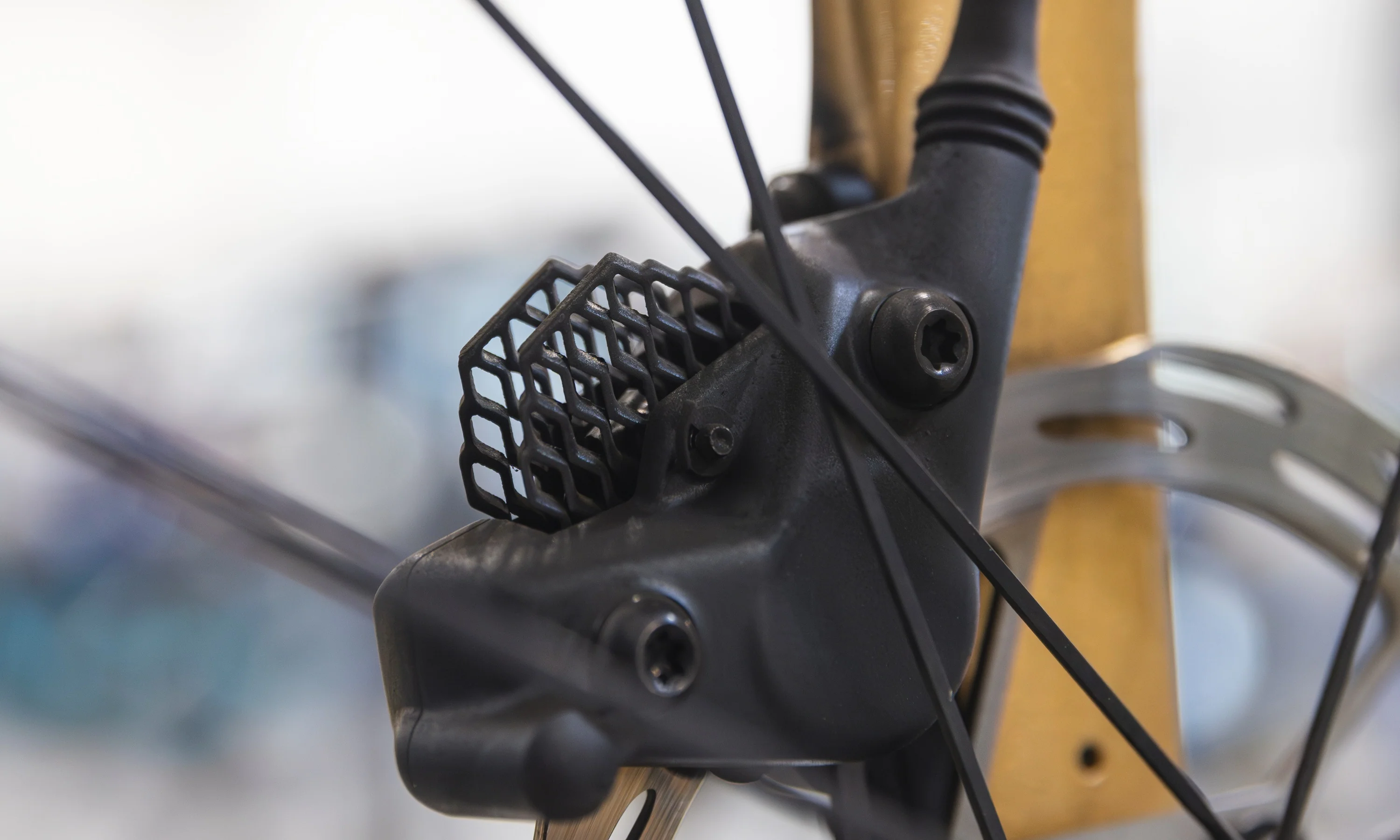When you shift gears, it should feel fast, crisp, and precise. But if your rear derailleur is making loud clicking noises, hesitating to shift, or even getting stuck in gear, you probably need to adjust your indexing.
To the uninitiated, adjusting a rear derailleur is intimidating, but a basic indexing adjustment is actually simple. Anyone can do it! To help you dial in your shifting, I’ll explain what indexing is, how it works, and how you can tune it at home in only a couple of minutes.
What is indexing?
When you shift gears, your shifter makes a click. The number of clicks your shifter has is matched with the number of cogs on your cassette. Each click pulls (or releases) a precise length of cable, specific to the compatible derailleur's geometry. As you might guess, that derailleur is designed to move the exact distance between two cogs on the cassette when it is shifted one click.
 Indexing keeps the rear derailleur aligned with the cassette cogs when shifting.
Indexing keeps the rear derailleur aligned with the cassette cogs when shifting.
Good indexing: The derailleur is aligned perfectly with each cog and your shifting is spot on.
Bad indexing: The alignment between derailleur and cogs is off and your shifting suffers.
Indexing goes out of alignment because the amount of tension in the cable is either too high or too low. This is usually due to things like cable stretch, wear and tear, and other environmental factors. Fortunately, it’s easy to adjust.
[button]Shop bikes[/button]
How to adjust rear derailleur indexing and tune shifting
To adjust indexing and dial in your shifting on a cable-actuated drivetrain, all you do is turn the barrel adjuster.
 The barrel adjuster is a knob found at the end of the derailleur cable housing. On road and gravel bikes, it’s usually located at the rear derailleur. On mountain bikes, it’s usually located at the shifter.
The barrel adjuster is a knob found at the end of the derailleur cable housing. On road and gravel bikes, it’s usually located at the rear derailleur. On mountain bikes, it’s usually located at the shifter.
 The barrel adjuster can be screwed in or out. When you do this, you effectively change the overall length of the cable housing, which increases or decreases the cable tension. Dialing in cable tension using the barrel adjuster is how you adjust indexing.
The barrel adjuster can be screwed in or out. When you do this, you effectively change the overall length of the cable housing, which increases or decreases the cable tension. Dialing in cable tension using the barrel adjuster is how you adjust indexing.
Here’s how:
- If the derailleur is struggling to shift down to the easier gears, turn the barrel adjuster counter-clockwise to add cable tension.
- If the derailleur is struggling to shift up to the harder gears, turn the barrel adjuster clockwise to reduce cable tension.
When doing this, make sure your drivetrain is clean and lubed. A dirty or unlubricated chain can have a huge effect on shifting performance. Check out our chain lube guide for more info.
Adjusting indexing is easiest to do in a bike repair stand, or with a friend willing to hold your rear wheel off the ground. Spin the pedals and test the up- and down-shifts between two cogs. Many mechanics like to set the indexing at the top two cogs on the cassette. Observe which direction the derailleur needs help shifting, and turn the barrel adjuster a click or two at a time to adjust it.
 The goal is to find the perfect balance where up and downshifts are equally quick and precise. Once the shifting/indexing looks good between these two cogs, shift up and down the whole cassette to see how it performs. Make sure you can get in every cog, and fine-tune with the barrel adjuster if needed.
The goal is to find the perfect balance where up and downshifts are equally quick and precise. Once the shifting/indexing looks good between these two cogs, shift up and down the whole cassette to see how it performs. Make sure you can get in every cog, and fine-tune with the barrel adjuster if needed.
Because the barrel adjuster is located at the shifter on a mountain bike, you can actually adjust your indexing while riding. If you want to adjust indexing on the fly on a road or gravel bike, you can add an in-line barrel adjuster to the derailleur cable housing near your cockpit.
[newsletter]
Troubleshooting
If an indexing adjustment has gotten your shifting close, but it’s still not quite perfect, be sure to check your derailleur’s B-gap. Check out our B-gap guide for more.
There is also a chance that the indexing will seem perfect between two gears, but as you shift through the entire cassette, the derailleur will struggle to shift or get hung up on other gears. There are two common causes for this issue:
- Your cable and housing might be too old, worn, or contaminated. Freshen it up with a new cable and housing.
- Your derailleur hanger is bent. If so, it needs to be straightened.
Hopefully, these tips help you improve your bike’s shifting. Checking and adjusting indexing is the easiest way to make sure your bike always shifts as well as it can, and I suggest doing it whenever you clean and lube your chain. Now get your indexing dialed and ride on!

























